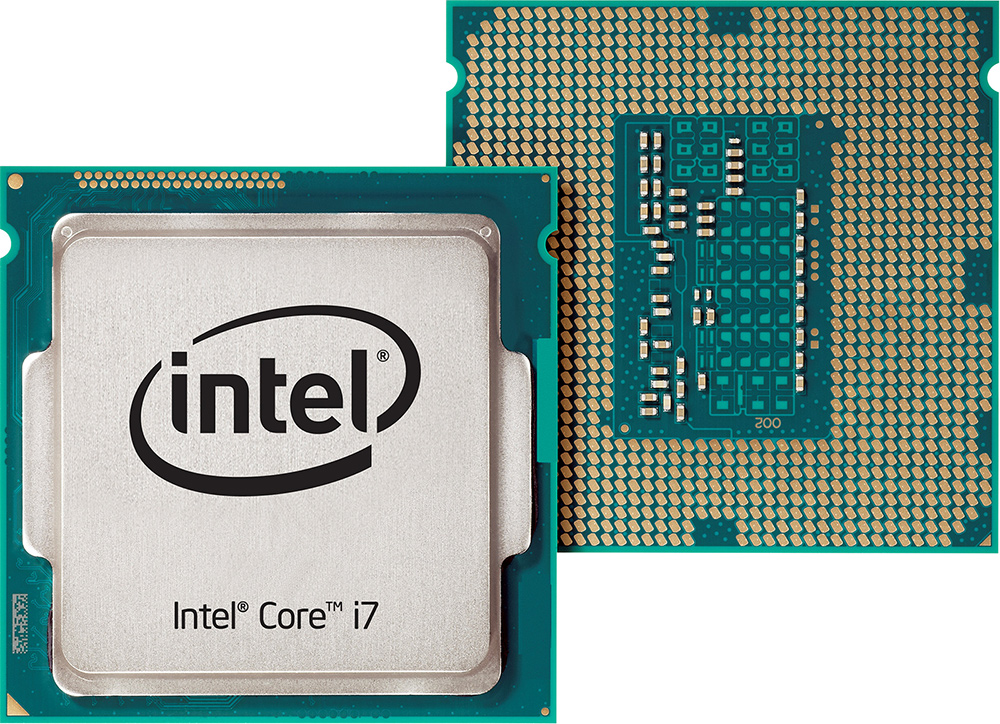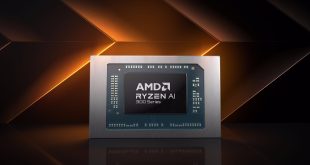Although Intel Corp. did not plan to offer central processing units featuring “Skylake” microarchitecture for overclockers along with the first wave of such chips, the company has changed its plans and will release unlocked versions of its “Skylake” CPUs in the third quarter of 2015.
As reported last week, Intel will delay introduction of its new desktop “Skylake-S” processors to the third quarter of the year due to unknown reasons. However, when the company finally releases its new breed of chips, the family will include a lot of different processors in LGA1151 form-factor with two or four cores as well as 65W or 35W thermal design power. The new chips will be compatible with the Z170 and the H170 core-logic sets. Different “Skylake-S” platforms will support DDR3, DDR3L or DDR4 memory.
The most intriguing thing about the “Skylake-S” family of products is that it will include quad-core “Skylake-K” chips with unlocked multiplier, according to an excerpt from a document that resembles those from Intel, which was published by Chinese VR-Zone web-site on Friday. The new CPUs will have 95W thermal design power and will be aimed at overclockers.

The decision to release “Skylake-K” microprocessors in the third quarter have both pros and cons. On the one hand, such chips will let makers of mainboards to introduce all-new models for enthusiasts and sell them at high profit margin. On the other hand, such motherboards will compete against motherboards for the “Broadwell-K” processors that are due in the second quarter.
As reported, co-existence of Intel’s “Broadwell” and “Skylake” microprocessors on the market this year will result in availability of five competing types of platforms for Intel’s desktop microprocessors. For makers of motherboards this means increased costs and internal competition. Since “Broadwell-K” and “Skylake-K” will be aimed at the same market segment, it will cause a lot of confusion on the market.
Since Intel’s “Skylake” platforms will offer all-new CPU micro-architecture (with AVX 3.2, 512-bit extensions and so on) with increased instructions per clock (IPC), native SATA Express support (which means they will support high-end SSDs with 2TB/s or even 4TB/s read speeds), optional Thunderbolt 3.0 (40Gb/s) and DDR4 memory, they will be Intel’s most technologically advanced desktop offerings this year. Moreover, unlocked multiplier will make them platforms of choice for many enthusiasts, provided that their overclocking potential is decent.
Intel did not comment on the news-story.
Discuss on our Facebook page, HERE.
KitGuru Says: 95W thermal design power of “Skylake-K” may indicate that it is not that easy for the microarchitecture and/or particular design to hit high clock-rates. By contrast, the “Broadwell-K” only has TDP of 65W. It is too early to make conclusions regarding overclocking potential of the two chips. However, what is absolutely clear is that this year Intel’s processors for overclockers will compete against each other.
 KitGuru KitGuru.net – Tech News | Hardware News | Hardware Reviews | IOS | Mobile | Gaming | Graphics Cards
KitGuru KitGuru.net – Tech News | Hardware News | Hardware Reviews | IOS | Mobile | Gaming | Graphics Cards




Kitguru mentioned that a higher TDP may indicate a difficulty of overclock, that isn’t true; it has nothing to do with how it could overclock.
TDP is just a category for multiple processors to use the same heatsink, it also gives Intel room to grow should they debut a faster model. In other words, the first “Skylake-K” models won’t be anywhere near the upper max of TDP. If a non-K and K have the exact same specs, then their actual TDPs will be the same regardless of which rating category they are stuck in.
For instance, let’s say Skylake-K debuts at 4GHz and 95W TDP while the nearest non-K is at 3.9GHz, but stuck in 65W TDP. See problem? There is no way a 100MHz change added 30W, more than likely the 4GHz model is just under 70W to start, provided the 3.9GHz model actually was at 65W at rating– it may be lower since TDP is just a category in this sense. It is a simple question: If an unlocked processor got a really low TDP rating well below 50W, would you still invest in expensive cooling? If your answer is no, that is why Intel puts them in higher categories, to ensure your result is what they market to others.
It is the same reason why all X-chipset processors, despite shrinking and higher core count, get the same 130-150W rating over the past 8 years. It indicates how Intel ensures we use proper heatsinking.
The other thing to remember is the whole die area must qualify for a particular TDP, IGP included. The Skylake IGP flagship is set to have 50% more eu’s than Broadwell, 80% more than Haswell, so a larger die area can warrant a higher TDP– but like I said in the second paragraph, if despite the increase in area a non-K doesn’t need a higher TDP.
” native SATA Express support (which means they will support high-end SSDs with 2TB/s or even 4TB/s read speeds),” ??
do you mean 2GB/s or 4GB/s? I don’t see how TB/s is possible with sata express as its only about 2-8 times faster than regular SATA III depends on how many pcie lane it runs off of. it’d be nice to see USB 3.1, low latency DDR4 etc.
Seems to me that if this is true, Skylake-K will be more advanced with better IPC than Broadwell-K… BUT it will clock much lower and wont achieve nearly as high OC, even while using more power when pushed to its limits. So perhaps a good OC on Broadwell-K is 4.7ghz with little heat problems on good air cooling, and Skylake-K will struggle to surpass say 4.4ghz when water-cooled with a custom loop.
except 4770k and 4770 are both 84w.
It simply means Skylake-K will require better cooling then Broadwell-K… and will also clock lower and therefore perform worse in most situations.